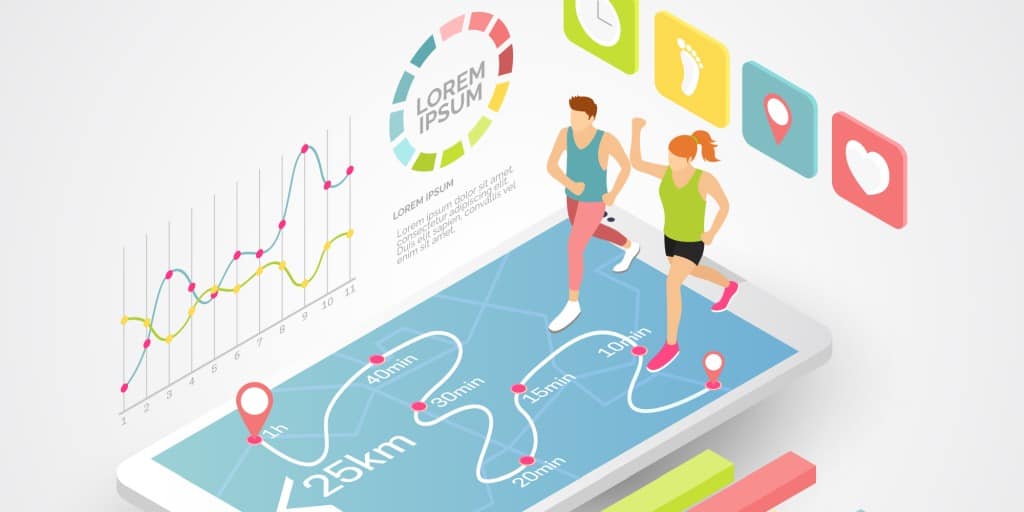To start a business is fairly easy. To make it grow and thrive is much more demanding, though. Businesses may fail and others may flourish. What counts the most towards either outcome is how much you are organized, strong-willed, and determined to bring it to great heights. That is no simple feat, as it requires a great deal of organization. However, if done effectively, it can save you plenty of time and money, and those are extremely valuable resources.
The purpose of this article is to guide you through the business aspects that you should definitely keep up with if you want a much better shot at success.
1. Work Environment
Your workspace, both physical and digital, as well as your surroundings, should be neatly organized. This will help you stay focused and work in the best possible way, away from all distractions and inconveniences. For instance, your desk has to be well tidied up, with the documents logically sorted. If you rely more on your computer, it is just the same; make sure your files and folders are well organized and easily accessible. Time spent searching for documents is better reduced to a bare minimum, like a few clicks or a few letters typed in a search bar.
2. Storage and Databases
Every business owner will have to deal with a considerable number of documents. They can be, among other things, administrative documents, financial records, emails, client information, or simply notes. Some of these will keep stacking up and need to be stored, while others will not remain useful for long.
Managing your storage, whether in your physical office space or your computer, can save both time and space. In particular, relying on digital databases is much faster and far more effective than having to deal with dozens of physical papers. Whenever feasible, you can never go wrong by storing your documents on computers. They will be more easily accessible, transferable, and disposed of.
3. Client/Customer Information and Support
This is precisely the type of documents you want stacking up and never disposed of, right? Indeed, clients and customers are at the very heart of every business. Managing your client database is key to making sure they are always satisfied with your products or services. In order to do so, it is critical to maintain direct, continuous communication and tend to their needs, requests, and grievances. Contact can take place in person, over the phone, or via the internet. With an effective communication system, using the appropriate tools, you can spend less time managing customers and spend more time improving your services and growing your business.
4. Market Changes and Marketing Strategies
Ignoring the constant changes taking place in the market is a quick path to downfall. Your marketing strategy should always be drafted accordingly. With that being said, marketing campaigns are best planned in advance. There is little point in being around a computer every time you need to post something on your social media accounts when you can plan them ahead and schedule them for days or weeks to come. Needless to say, this will save a lot of time that can be used instead to come up with new and better marketing strategies.
5. Investments and Future Goals
The ability to plan your business strategies ahead and establish your short and long-term goals is by far the most important aspect of any business. It is vital to see the bigger picture and build your company’s future with that in mind. Your investment approach should be well thought through, with the potential risks and rewards carefully assessed. According to Cedar Smith Management, investment strategies should be disciplined and grounded on well-established concepts. Whether you want to explore a new market, widen your area of expertise, gain new skills and knowledge, or invest in more equipment, a meticulously planned investment can go a long way. You should be aware that nothing is too far-reaching when you have a clear vision of your future goals.
6. Finances
It is safe to say that managing finances is a business owner’s worst nightmare. That’s why they usually hire people to do that for them, right? It can be both tiring and time-consuming. Add to that the risk of not doing them right, and you’ve got yourself a recipe for trouble. This includes your cash flow, invoices, billing, expenses, and taxes, to mention a few. Effectively managing finances, and in advance, not only saves you from all that but also helps you make correct and well-informed decisions.
That’s why it’s important to keep detailed records of your finances and organize them efficiently, preferably using the appropriate digital tools. Some tasks can be automated, and some can be outsourced, but the most important thing is to not let finance-related inconveniences get in the way of your business.
Don’t forget that the process of track KPI is also a critical part when it comes to company finances.
7. Scheduling
When conducting a business, you are likely to deal with various tasks, projects, meetings, and deadlines. Relying on clear and practical scheduling systems is a great way to oversee your company’s workflow and keep things in perspective. If you have employees, making use of such systems and establishing schedules in advance is much more practical than continuously assigning tasks individually. This extends to your own schedule too, as you’ll spend less time trying to remember your tasks and responsibilities when they’re right at your fingertips.
8. Time
The value of your time, as a business owner, can never be overstated. It goes hand in hand with scheduling, yet it’s more than that. By figuring out how much time is spent doing a specific task or project, you can gain valuable insight into how to conduct your business. Time management will help you assess your efficiency and productivity. You will be able to prioritize tasks, delegate them more effectively, set realistic goals, and maximize what can be achieved during a given timeframe. Poor time management can cost you a lot of money. Besides, lost time is lost forever, don’t you think?
Maintaining a successful business and keeping track of it depends largely on your organizational abilities. You should certainly not underestimate the practicality of digital software; it’s always a correct move to improve your company’s digital infrastructure. The points we discussed apply to your personnel and are bound to increase overall productivity and efficiency. We simply can’t highlight enough how important it is to be clear-sighted when undertaking your business journey.





